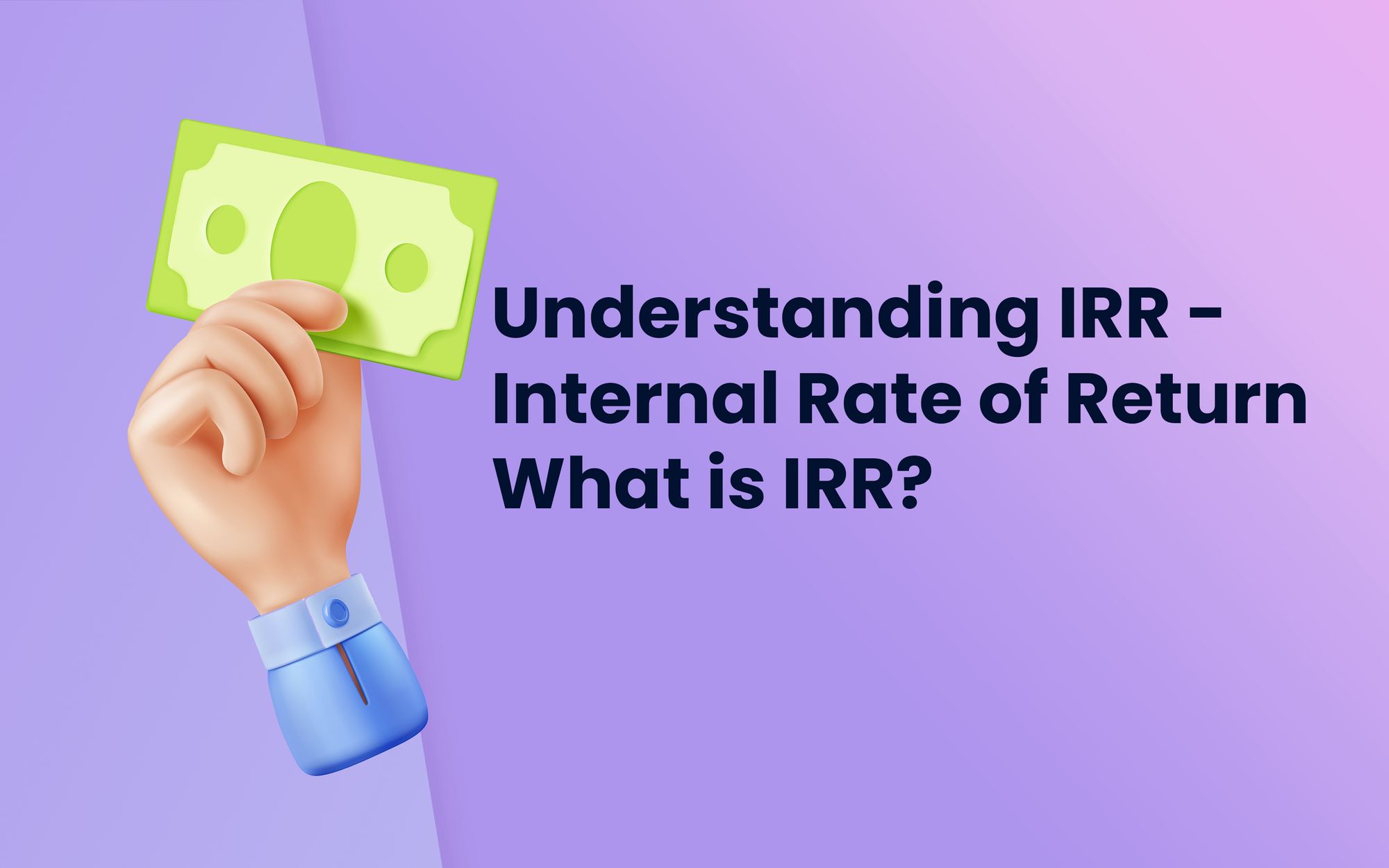Understanding IRR (Internal Rate of Return) and How to Calculate It for Effective Investment Decision Making
An Internal Rate of Return (IRR) is a financial metric that takes into account the time value of money to measure the profitability of an investment. Here’s how to calculate it.

As you begin your investment journey, you may come across the term “IRR”, but not know what it actually is. In short, one can calculate the profit margin of an investment by using the Internal Rate of Return (IRR). This formula and calculation are often used by financial analysis experts to guide businesses in estimating their prospective profits if they were to invest in something like funds, securities, or bank deposits. Learning how to calculate the IRR can help you better assess whether certain investments are profitable. In this post, we define what an IRR is and walk you through the uses for it.
What is IRR?
The IRR is like a magic number that tells you how much money you'll make on an investment. It takes into account all the cash you'll receive over time and calculates the return rate that makes the investment worthwhile. The higher the IRR, the better the investment. It's like comparing different bank accounts - the one with the highest interest rate will earn you more money over time.
To sum it up, the IRR is like the interest rate on an investment that takes into account all the money you'll make over time. It helps you compare different investments and choose the one that will make you the most money.
Understanding IRR In Simple Terms
To comprehend exactly what IRR is, here’s an example: Imagine you met a genie, and he gave you the following proposition: “If you give me $5,000 today, I’ll give you $50 per year for the rest of eternity." Pretty sweet deal, eh?
This means that if you take the deal, your rate of return works out to be 1% (since ($50/ $5,000) x 100 = 1%). However, note that this isn’t your internal rate of return yet. This rate of return only tells you how quickly you’ll earn back your original investment of $5,000 in exactly one year.
Unfortunately, nothing in life is that constant. So let’s say the genie brings you back a different amount of money every year (e.g., $50 in the first year, $70 in the next two years, etc.) and the deal won’t last forever but only 12 years. Now, the rate of return doesn’t seem so obvious, does it? To calculate this more “hidden” rate of return, we need to use the IRR formula.
Uses of IRR
IRR can assist you as an investor in measuring the profitability of your investment. For instance, if a portfolio of stocks in the semiconductor industry generates an IRR of 5%, you stand to gain 5% per year.
However, when it comes to IRR, higher doesn't always equate to better. It's possible that an investment with a 15% IRR over ten years will perform better than one with a 20% IRR over one year. That's because IRR, as opposed to long-term return on investment, is usually more useful for gauging cash flow. A smaller amount spread out over a longer time horizon can be more helpful in building wealth, just like building a dividend portfolio, even though a large number over a short period of time is attractive. Whatever the value is, you’d definitely want to invest in something with a positive IRR, as a negative IRR indicates you’d lose money on the investment.
In summary, IRR is useful for businesses to choose which capital projects to use and for individual investors to calculate the investment return of various assets.